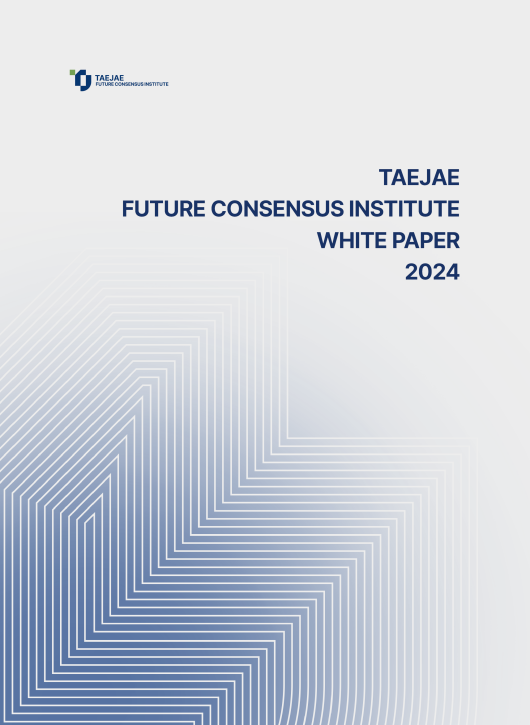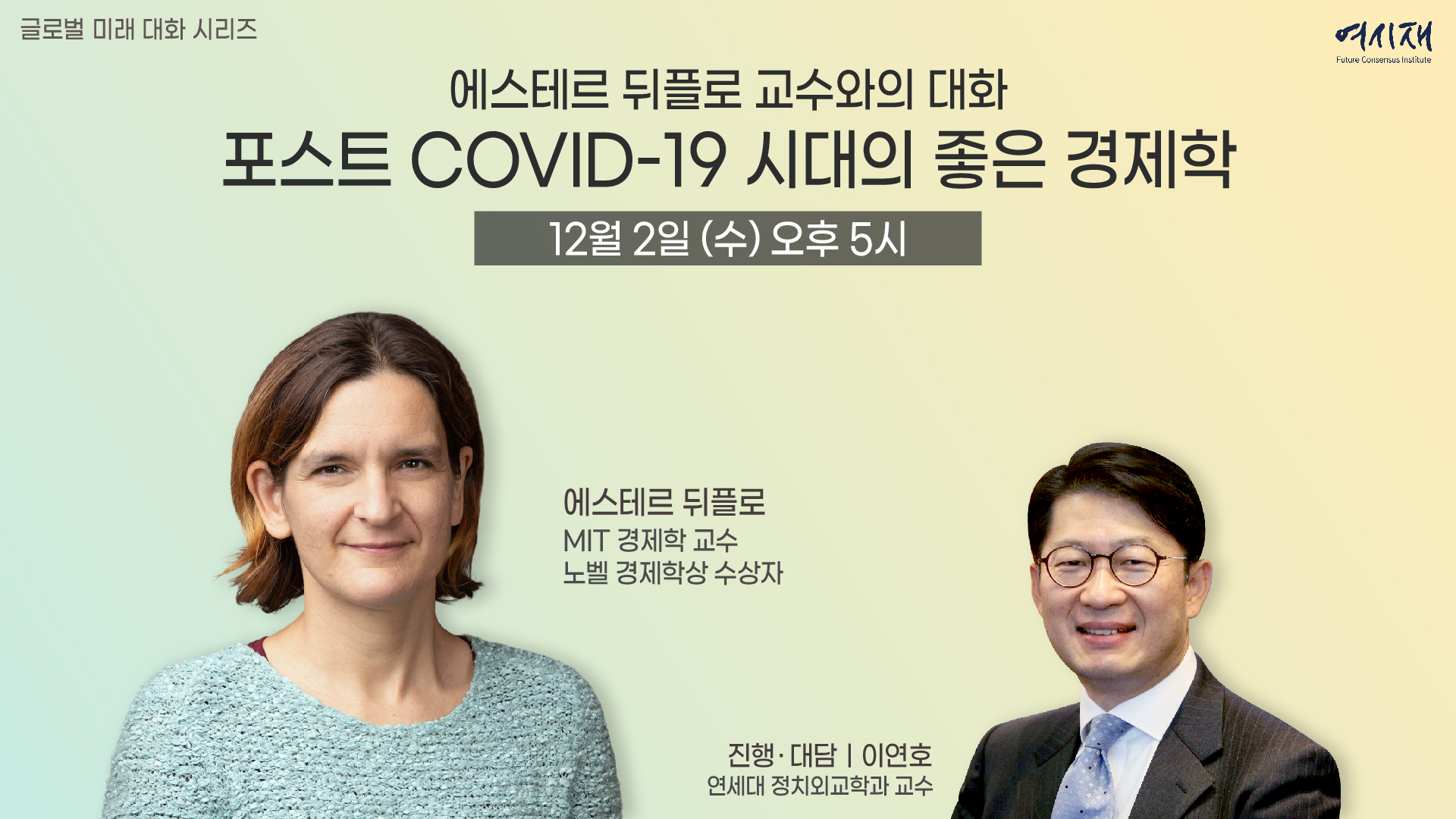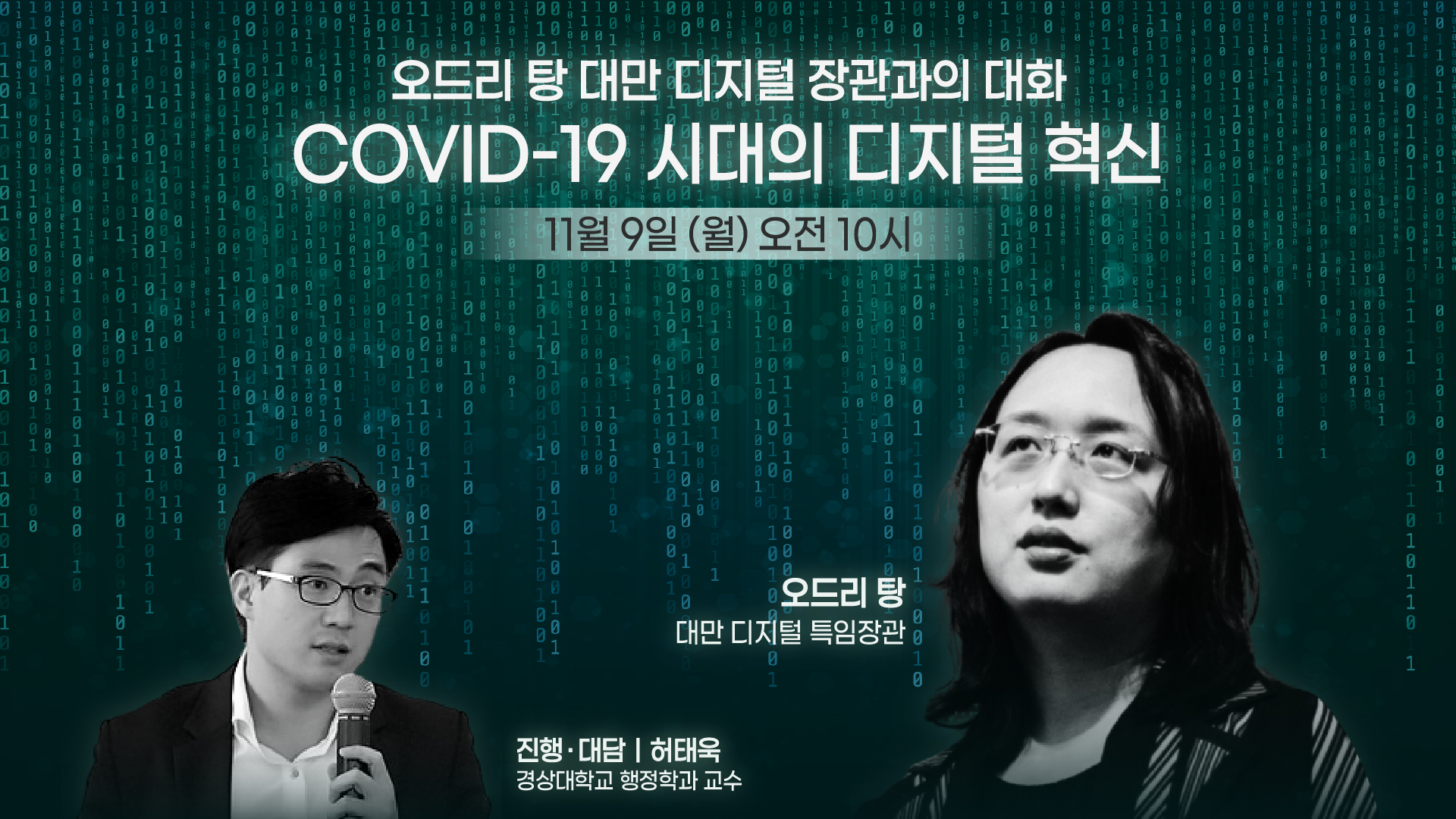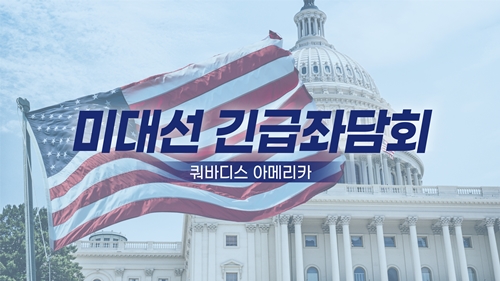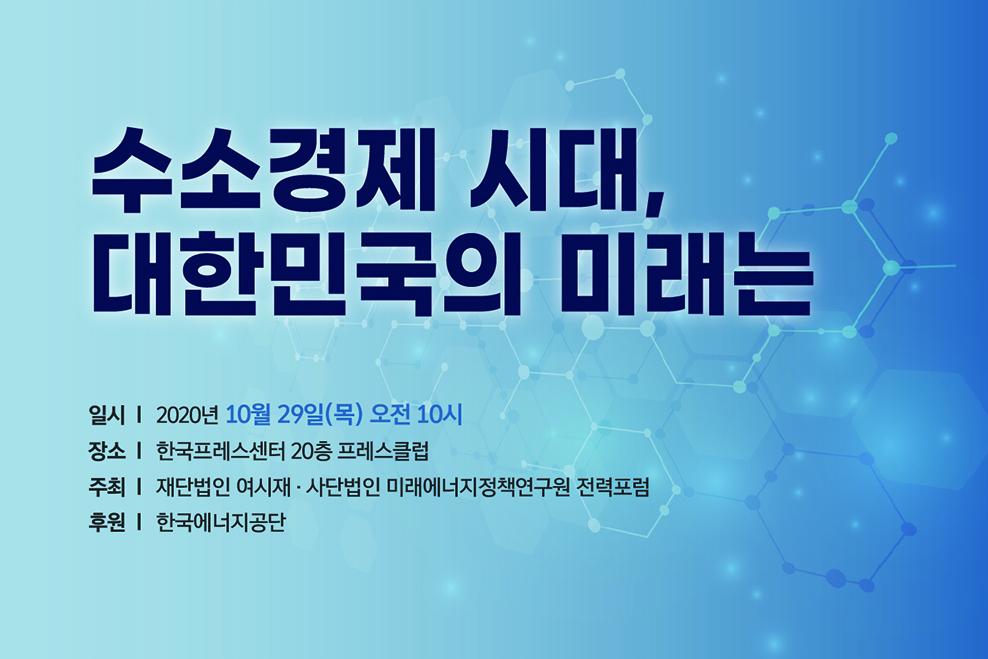Please join Yeosijae as we build a brighter future for Korea. Create your account to participate various events organized by Yeosijae.
- Insights
- |
- Global Order and Cooperation
[Discussion/G2 Conflict] South Korea: Caught between a rock and a hard place
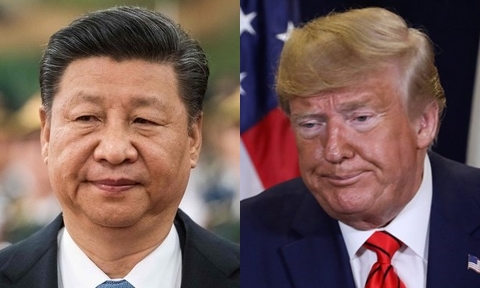
The COVID-19 outbreak has deeply wounded the U.S. and China’s global leadership, creating a global leadership vacuum with no signs of resolution in the near future. In addition, the pandemic has laid bare critical vulnerabilities in the global governance of the G2. China broke its international promise to ensure a “one country, two systems” framework of governance in Hong Kong until 2047 by pushing ahead with the Hong Kong security law. The United States is once again facing human rights issues related to racism.
With the U.S.-China conflict expanding from trade to technology and manufacturing, the two superpowers have started to construct their own versions of the global value chain (GVC), forcing countries to choose a side. Threats and retaliation have become a norm, and the concerns that the impacts of the dispute will spill over into the financial and foreign exchange sectors offer a grim outlook for the future.
The Future Consensus Institute (Yeosijae) conducted a roundtable discussion to gain insights into how the U.S.-China conflict will play out in the future. The participants included: Yong-Wook Lee (Professor of Political Science and International Relations, Korea University), Bo-Young Shin (Director of the International News Office, Munhwa Ilbo), and Kwang-Jin Oh (Director of the Information Science Department, Chosun Biz). Professor Lee has been working with Yeosijae in our joint research on the world economic order and the U.S.-China rivalry. Director Shin has worked as the Washington correspondent for Munhwa Ilbo, and Director Oh has worked as a foreign correspondent in China twice.
Participants
Yong-Wook Lee, Professor of Political Science and International Relations, Korea University
Bo-Young Shin, Director of the International News Office, Munhwa Ilbo
Kwang-Jin Oh, Director of the Information Science Department, Chosun Biz
Se-Hee Hwang, Director of the Future Planning Department, Yeosijae

“The Superpower Marathon between the U.S. and China Will Be a Long Race”
The participants shared the same outlook that the U.S.-China contention will continue, at least till the U.S. presidential elections in November.
Director Kwang-Jin Oh said that China seems to be focusing on the ideological aspect of the Sino-U.S. relations. China began its push for socialism under the leadership of President Xi Jinping, and George Floyd’s death has served to boost its confidence. Director Oh pointed out that the ongoing situation surrounding Mr. Floyd has created confusion in the Western world and in the U.S., regions that were once perceived to be examples for China to follow, and that Beijing is fully leveraging this situation to promote its own agenda.
“A Radical Leader by the Name of Trump is Leading the Charge”
“However, it is True That There is a Widespread Anti-China Sentiment in the U.S.”
Director Bo-Young Shin said that we have to take note of the strong bipartisan sentiment in the U.S. that it cannot back down from China in their hegemonic war. “While it is true that President Trump has spearheaded the aggressive and crude responses to China,” said the director, “the COVID-19 pandemic has also supercharged nationalism and populism, as Richard Haass, the President of the Council on Foreign Relations, stated in his article for the Foreign Affairs.”
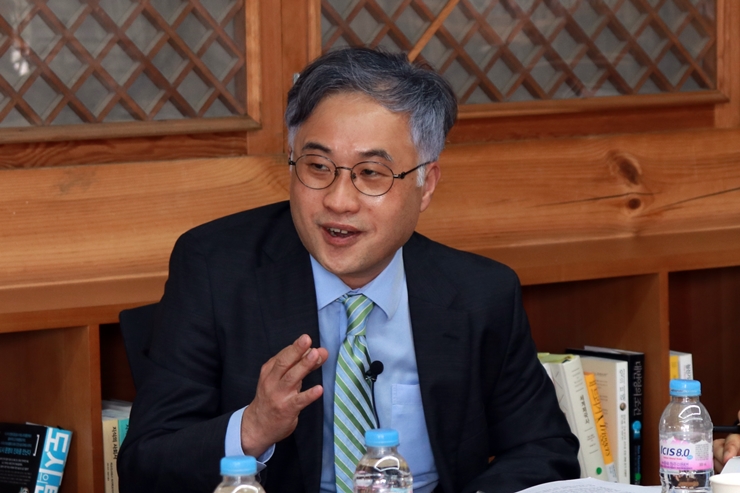
Professor Yong-Wook Lee listed three ongoing risks that could test the international order: 1. introduction of a strong new challenger, 2. political instability in superpowers, 3. deepening inequality. “With all three risks playing into the Sino-U.S. relations, the global order could be unstable for an extended period,” he predicted. He added that “with countries more interconnected than ever, the anti-China actions that the U.S. has taken have been fruitless.” He predicted that it would be difficult for the U.S. to impose strict measures against China’s actions on Hong Kong, with more than 1,300 American companies, 85,000 residents, and a yearly trade surplus of roughly $30 billion tied to Hong Kong.
U.S. and China Are Forcing Countries to Choose a Side
The participants shared their insights on the power play between the two superpowers—a rivalry that now spans from reshoring, a departure from the China-centered value chain, and the expansion of the G7.
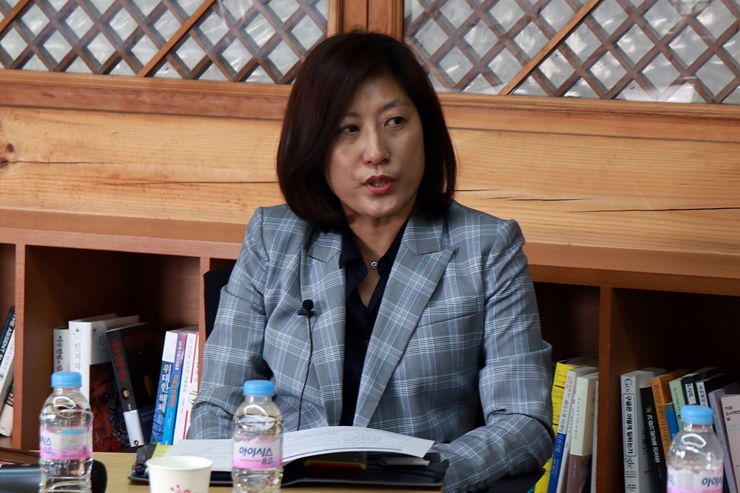
“Trump has mainly used threats and coercion to force his allies to line up behind him,” said Director Shin. “Trump has been losing grounds in the U.S. since the George Floyd incident, and with the upcoming election, he will likely continue to put pressure on America’s allies.” Having personally covered the presidential elections in 2016, Director Shin said Trump’s game plan was to “first make enemies out of everyone, then zero-in on a single target.” She predicted that Trump’s strategy, which is still being used today, will continue to make marks in the world as it creates various conflicts and issues throughout the world.
“Trump’s Actions Are Spurring an Exodus from Europe”
“Drastic actions by President Trump have spurred an exodus of companies in Europe.”, said Professor Lee. On May 27th, the EU unveiled a plan for a 750-billion-euro program to aid the economic recovery of the region, and the lion’s share of the proposed funding will be used in Southern Europe, which has been hit hardest by COVID-19. Even fiscally sound governments like Germany agreed on the recovery package despite the initial pushback. “Their decision,” he argued, “reflects a growing consensus on the need for a European solidarity before they side with the U.S.”
“Final Battle Will Take Place in the Financial Sector”
The participants shared a consensus that the winner of the U.S.-China competition will be decided in the financial sector.
Professor Lee pointed out that, “with the financial infrastructure built around the U.S. dollar, there is a power gap between the U.S. and China, and the dollar trap virtually enables the U.S. to have an “unlimited” power in the financial sector.” The dollar trap refers to a paradoxical strengthening of the dollar when the dollar system weakens, as countries that could be hurt by the change struggle to maintain the status quo. To escape this trap, China has pushed to internationalize and digitize the RMB.
Director Shin agreed that the financial sector would be the most important card in their rivalry, even more so than the boycott of Huawei and the establishment of an anti-China global supply chain. Locking China out of the U.S. dollar system could deal a heavy blow to the country by curbing financial transactions with other countries. She shared her concerns that, on the backdrop of these circumstances, the U.S. could argue that China is an unreliable country and use its hold over the financial sector to demand that the countries of the Asia-Pacific participate in the Indo-Pacific Strategy and the U.S. Economic Prosperity Network (EPN).
“U.S. is Already Taking Steps Against China in the Financial Sector”

Director Oh assessed that the U.S. has already started to clamp down on China’s financial transactions. He said that the U.S. officials are already engaging in public discussions on China, including the move to stop the federal pension fund from making investments in Chinese stocks and the threats to default on U.S. Treasury bonds held by China. He speculated that there could be discussions on locking China out of the dollar system as well. As a response to this, China began to take steps to internationalize its currency in 2015. China focused these efforts in the countries of the Belt and Road Initiative while taking the steps to promote yuan-denominated oil trades.
Cf. Economic Prosperity Network (EPN)
A plan devised by the U.S. to create a new global supply chain that excludes the world’s factory, or China, and places the U.S. at the center, by forming partnerships with “reliable” countries. In other words, it looks to form an anti-China economic block. EPN was first mentioned in the U.S. in May, but it is generally agreed that discussions on the subject matter started much earlier.
“(South Korea) will Have to Walk and Chew Gum at the Same Time
While Securing a Better Position in the Global Order”
The three participants agreed that South Korea would need to make various decisions to better position itself in the global order amid the prolonged U.S.-China conflict.
Director Oh said that making headways on multiple fronts, including participation in the G7, the Regional Comprehensive Economic Partnership (RCEP), and the Korea-China-Japan FTA, could provide an opportunity for South Korea to elevate its position in the world stage.
Cf. Regional Comprehensive Economic Partnership (RCEP)
A proposed free trade agreement in the Indo-Pacific region between the ten ASEAN countries, South Korea, China, Japan, Australia, New Zealand, and India. Fifteen countries, without India, reached an agreement in November 2019, and the deal will be finalized and signed this year.
“There is No Rush to Take Sides”
“Considering that even the U.S. is yet to work out the specifics of actions like the EPN, there is no need for South Korea to rush things.”, said Professor Lee. Director Shin said that “Korea will continue to face pressure from the G2 to take sides until the U.S. presidential election in November,” adding that “it will be imperative for South Korea to take part in creating a new global order, as it will give Seoul a greater stake in the new era.”

U.S.-China Relations Resemble the Interwar Period
Rather than the Cold War
Wrapping up the roundtable, the participants shared their insights on the future of the U.S.-China relations.
Professor Lee noted that today’s world resembles the interwar period, the period between the end of the First World War and the beginning of the Second World War, rather than the Cold War. He said that three key events mark the interwar period: 1. the fall of the gold exchange standard, 2. the slide away from free trade to protectionism, 3. the end of capital account liberalization. He explained that “radical populist policies that were implemented by various countries, with social inequality exacerbated by excessive liberalism, were what led up to the Second World War.” Expressing his concerns over the historical parallels between the current era and the interwar period, he hoped that nothing will be overlooked, with a reminder that “no one in the post-World War I period would have guessed that a second World War would occur in the future.”
“‘New Cold War’ Only Captures a Part of the Picture”
“It is a Shift in the Hegemonic and Social Paradigms”
“The term ‘New Cold War’ only goes as far as to describe some of the ongoing trends,” said Director Shin, expressing the same sentiment as Professor Lee. “It would be more appropriate to say that there is a shift in the hegemonic and social paradigms. We will have to recognize that this situation will continue the next twenty to thirty years and map out a long-term strategy accordingly.” She added, “North Korea’s nuclear threat and the change in the U.S. administrations will entail major risks to South Korea. We will have to promote policy consensus in the country to mitigate these risks.”
Director Oh closed the session on a hopeful note, that South Korea will be able to turn this crisis into an opportunity by keeping a keen eye on the U.S.-China relations to make reflections and changes to the problems in its society.
This text was originally published on Yeosijae’s Korean homepage on June 12th, 2020.
< Copyright holder © TAEJAE FUTURE CONSENSUS INSTITUTE, Not available for redistribution >

